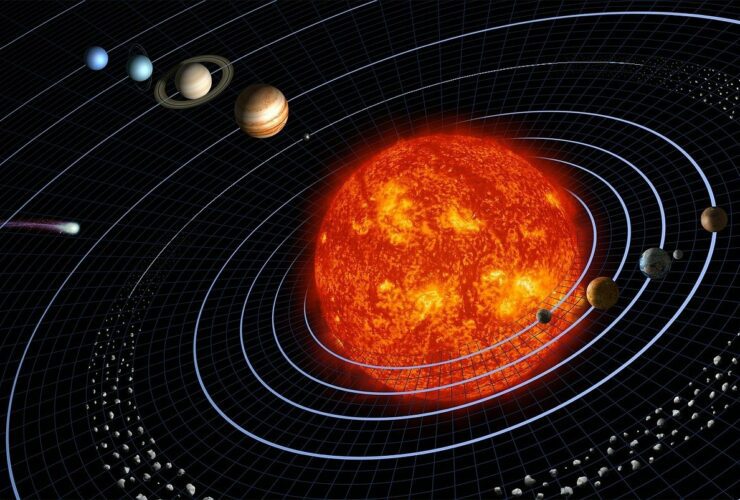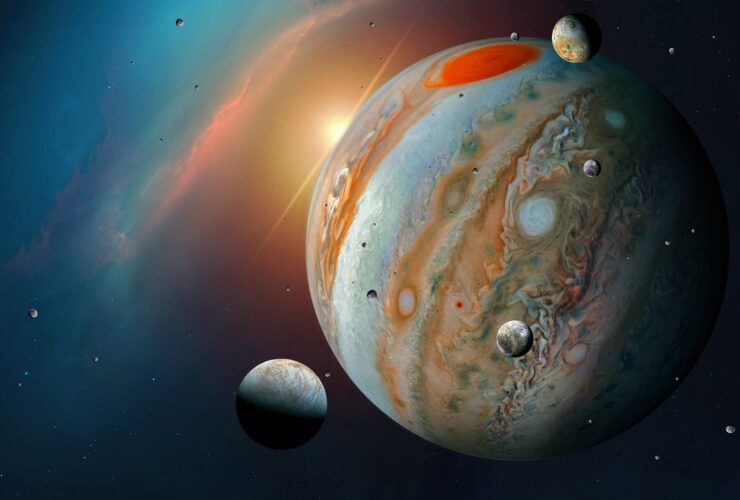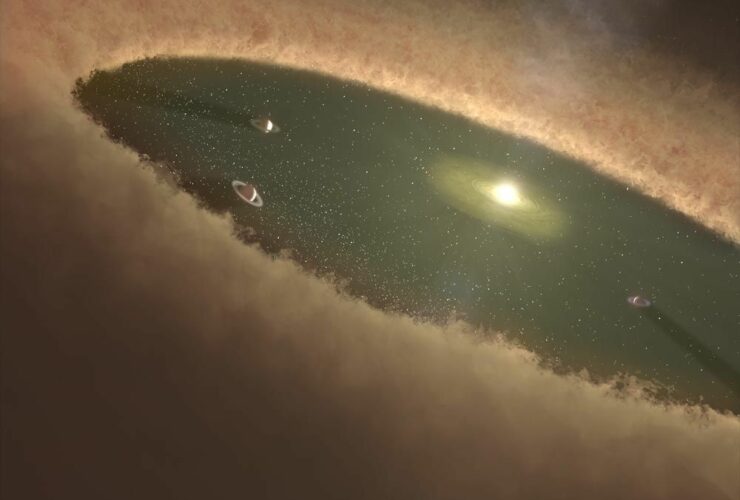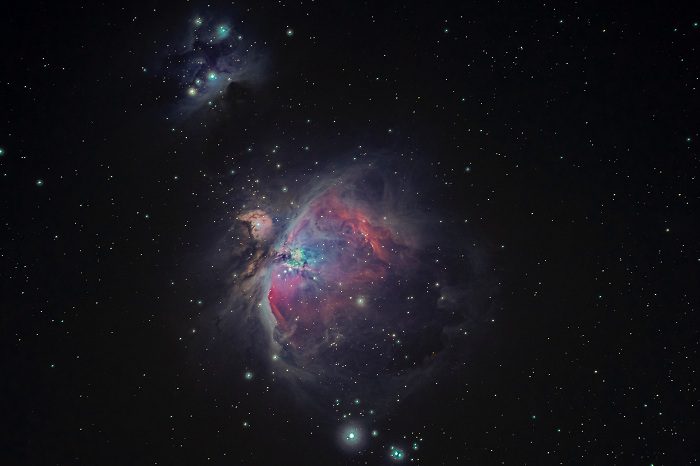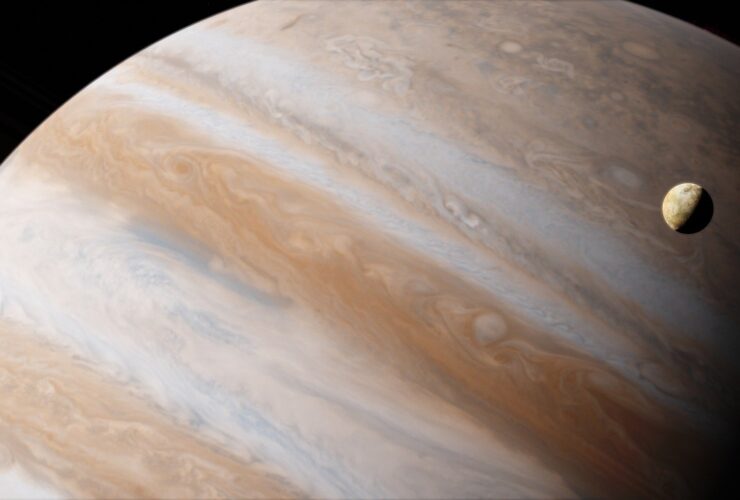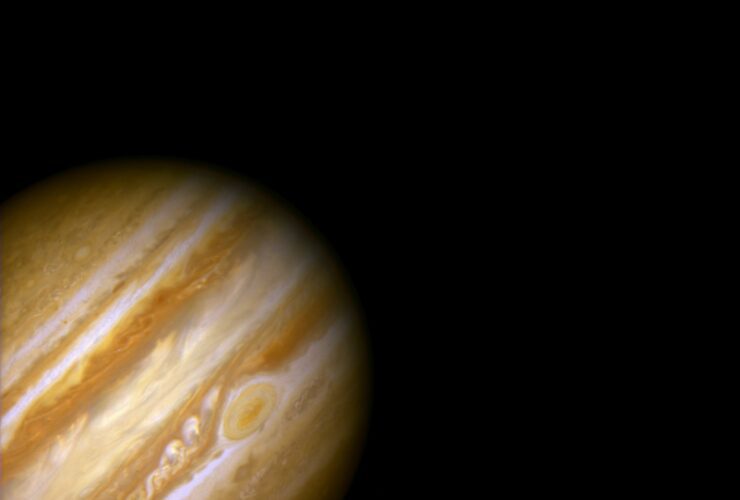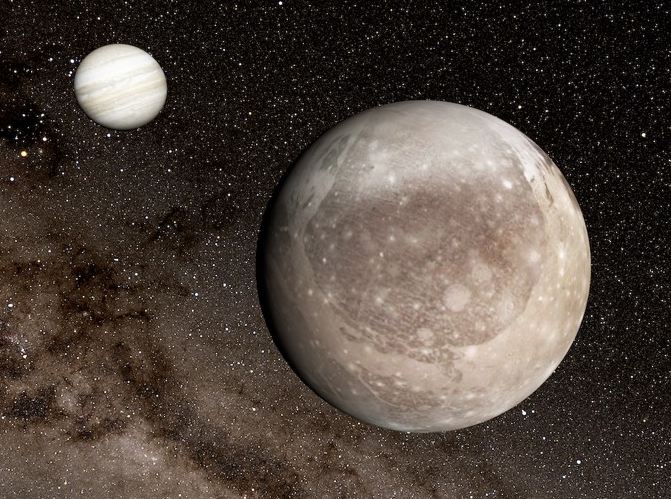Who can possibly miss the chance of seeing some of our Solar System’s planets in the sky in the dawn? We can all consider ourselves lucky if we get that chance, even if we see the space objects with the ...
Jupiter is easily one of the big conundrums of our Solar System, and for good reasons. Scientists still didn’t uncover all that is to know about the formation of the gas giant. Nobody can fully explain how Jupiter evolved in ...
Planets do not take much longer to form after stars have formed. For example, the Sun formed 4.6 billion years ago, and the Earth about 4.5 billion years ago. However, scientists now say it is not necessarily the only possibility. ...
NASA’s Lucy mission aims to explore lots of Trojan asteroids, meaning that there’s a lot of astronomical work to do. The cosmic journey will last for 12 years, meaning that there’s a lot of time available for gathering precious information. ...
New data offered by NASA’s Juno probe unveil Jupiter’s moon, like never before! Ganymede stuns in an infrared picture, leaving astronomers in awe. Juno’s observations help scientists understand Jupiter and its moon better, unraveling mysteries about the intriguing Jovian system. ...
When we hear about radio waves and other kinds of signals coming from space, the first thing that pops into the mind is that aliens are trying to “wave” at us. The exciting and funny thing is that we have ...
NASA is preparing to send its Lucy spacecraft into space in October, having the purpose of starting a 12-year journey to asteroids as well as six trojans of Jupiter. The spacecraft will be equipped with a time capsule for future ...
The planet Jupiter has always been a conundrum for astronomers, and even today, there are more things to learn about it. Except from being the biggest and fastest spinning planet from our Solar System, as well as a world made ...
At a first astronomical glance, Jupiter is nothing but a huge wasteland dozen times bigger than Earth. Our neighbouring planet is not even solid, as it’s made almost entirely of gases, such as hydrogen and helium. Common sense tells us ...
NASA’s Juno enrolled in what seemed to be one of the most daring space missions: exploring Ganymede. Massive, heavily cratered, and grey, Jupiter’s largest moon unfolded in front of Juno’s eyes, unveiling a shocking aspect. How did Juno succeed to ...

